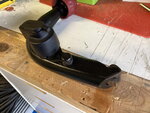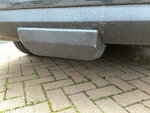- Jun 16, 2020
- 5,788
- 2,708
- 17,935
I would not with our detachable, with in our case the specific design of our Thule/Brinks unit, the tightness of the taper fit being important in its load carrying, thus I would avoid adding anything compliant.
Other designs might not be similarly affected with introducing compliant products.
I don't know what make my unit is but badged Volvo. It pushes in slightly downwards then clicks in position, (sometimes). I need to ram it in quite hard. The supplied instructions say nothing.
I will give copper ease a go.
John




